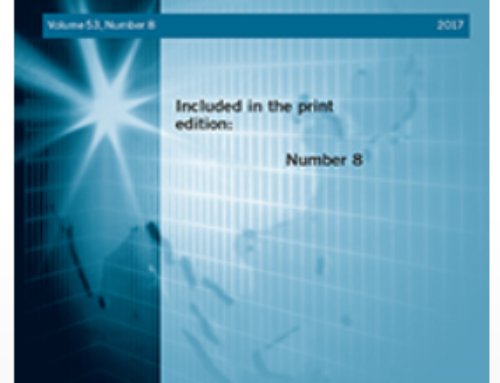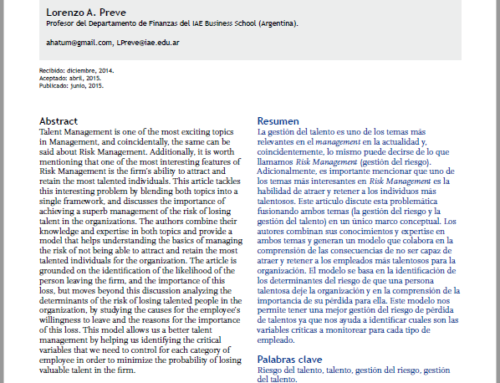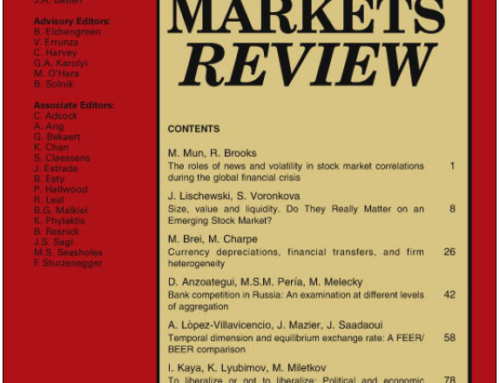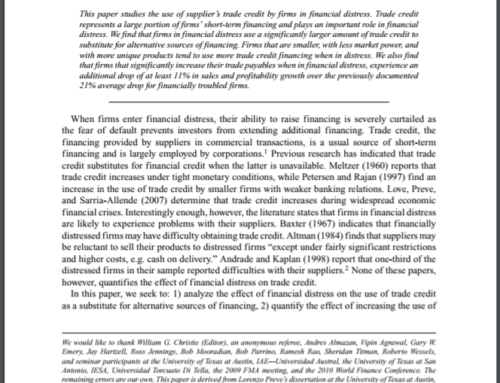Executive Summary
In this paper we tackle one of the controversial aspects of valuation theory, more specifically we discuss the fact that in a standard valuation framework we are prepared to discount expected cash flows using a discount rate that considers only symmetric risks. This is likely to become a problem when we face situations in which there is a significant and non-negligible asymmetric risk involved, like for instance valuation in emerging markets. The usual methodology for overcoming this problem is to estimate a conditional cash flow and to include an extra term in the discount rate to account for this additional risk. This procedure, however, violates most of the basic assumptions of the Capital Asset Pricing Model, so it is not acceptable. We start by explaining the nature of the problem and its main consequences, and then move on by proposing a novel approach that allows the inclusion of the asymmetric risk in the cash flows by using Montecarlo simulations in the estimation of an unconditional cash flow that includes both, the probability of crisis and the firm-specific recovery value (or crisis effect). We are then able to use standard discount rates to value this cash flow. The framework presented in this paper can be helpful in several valuation settings, for instance the valuation of a highly levered risky firm.




